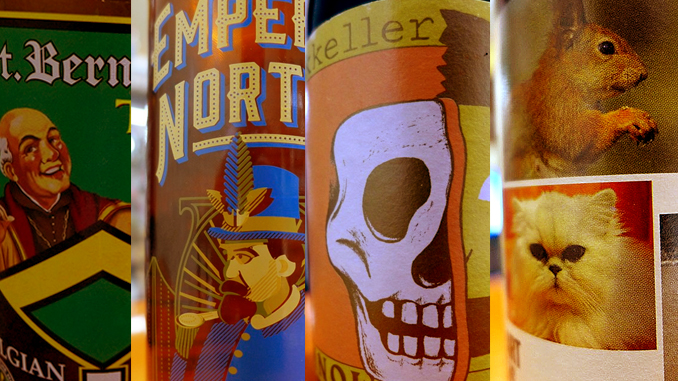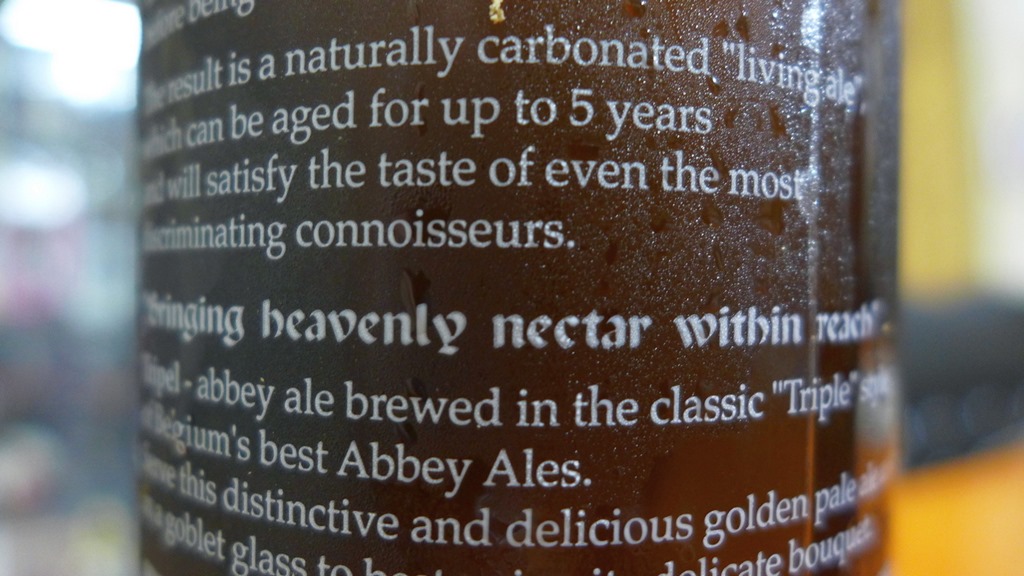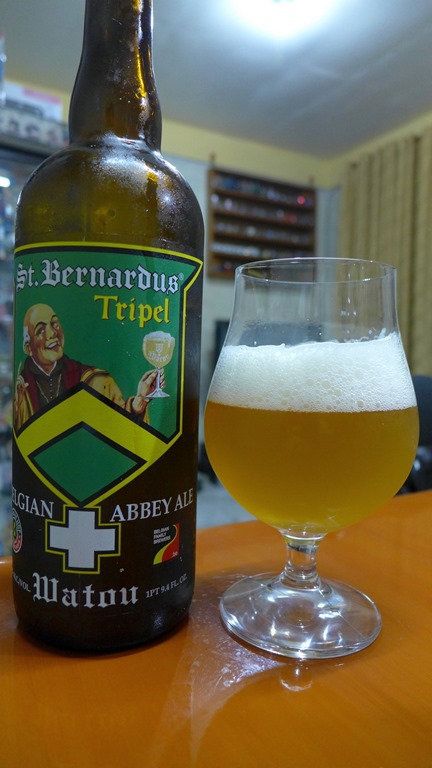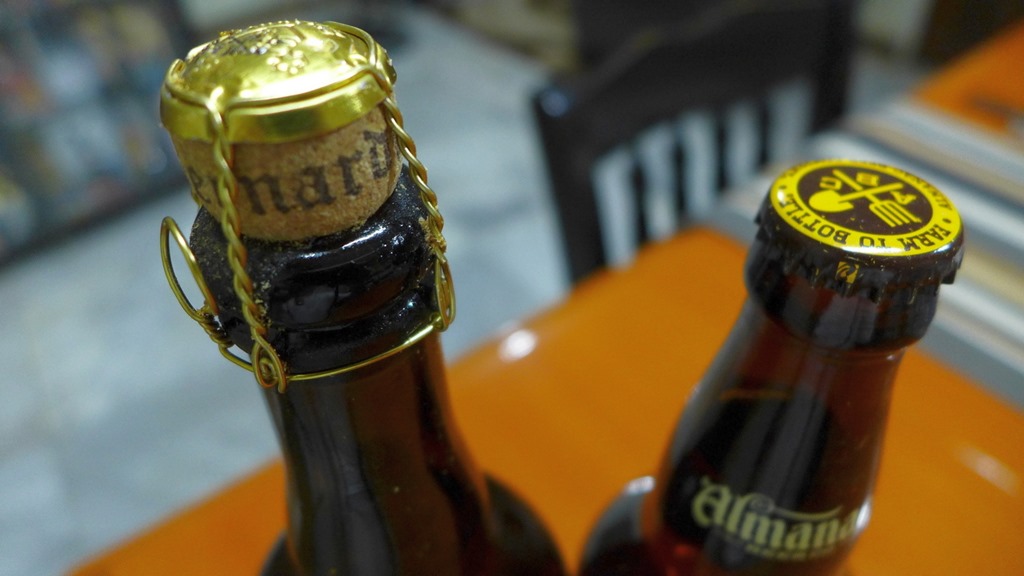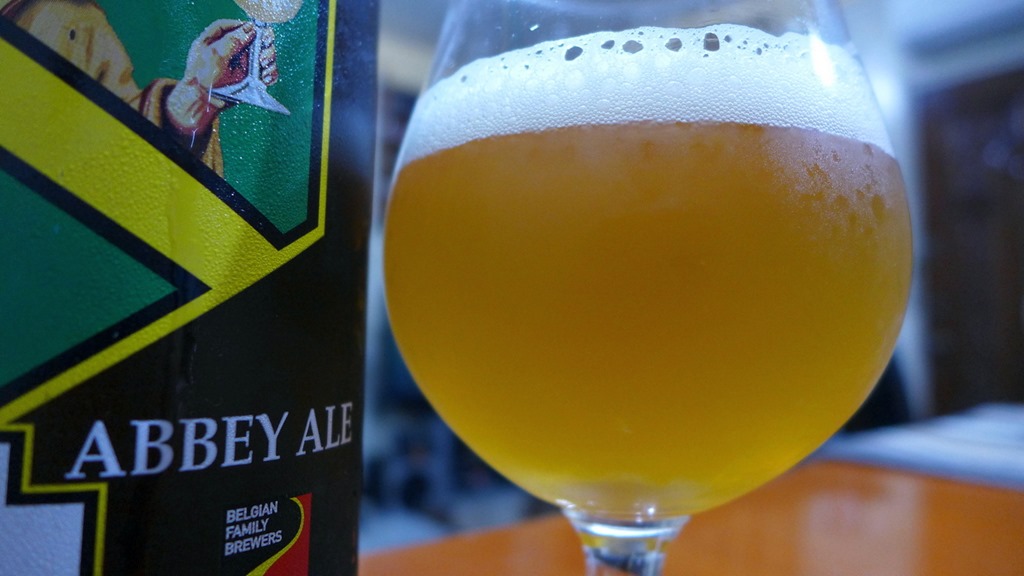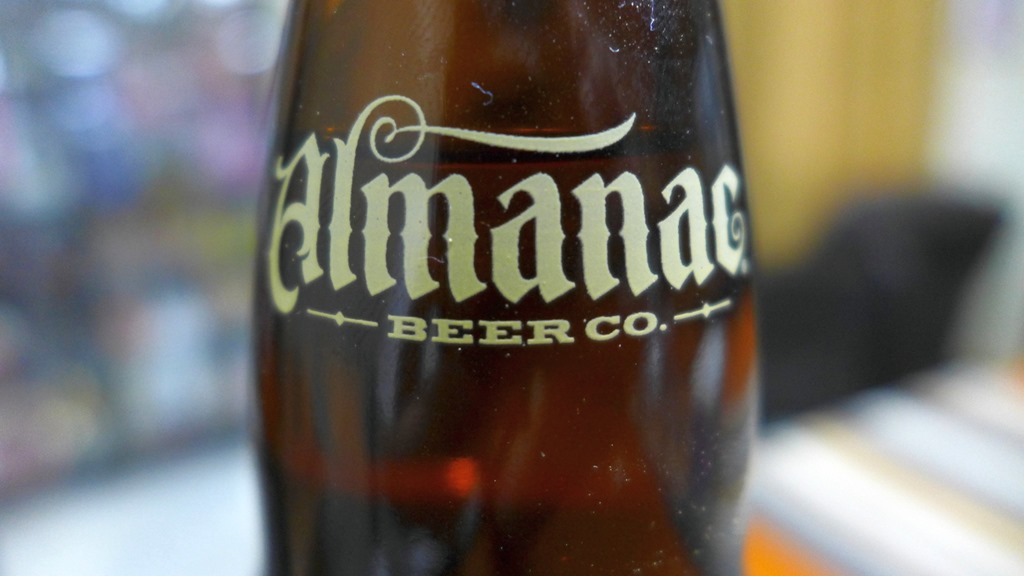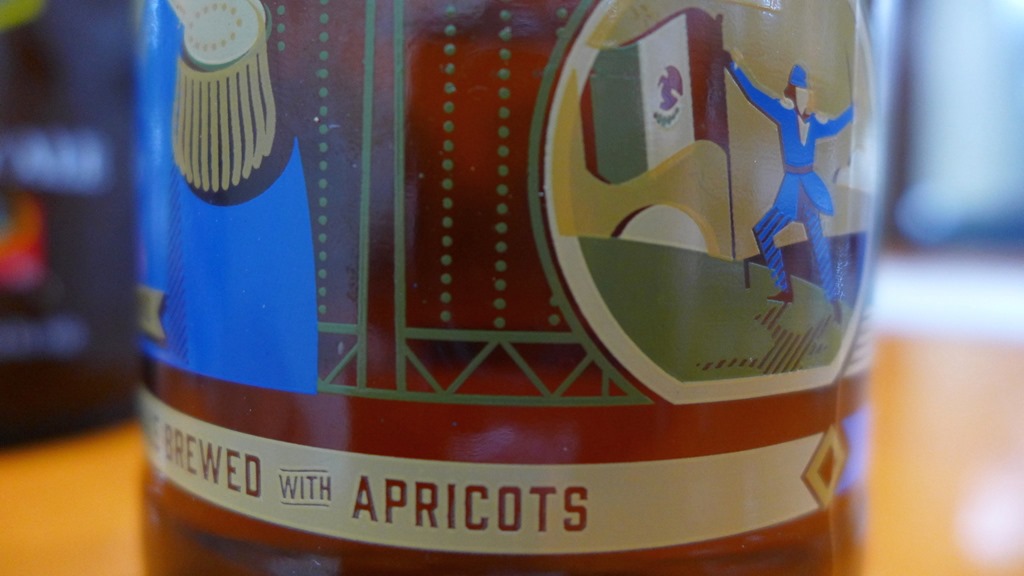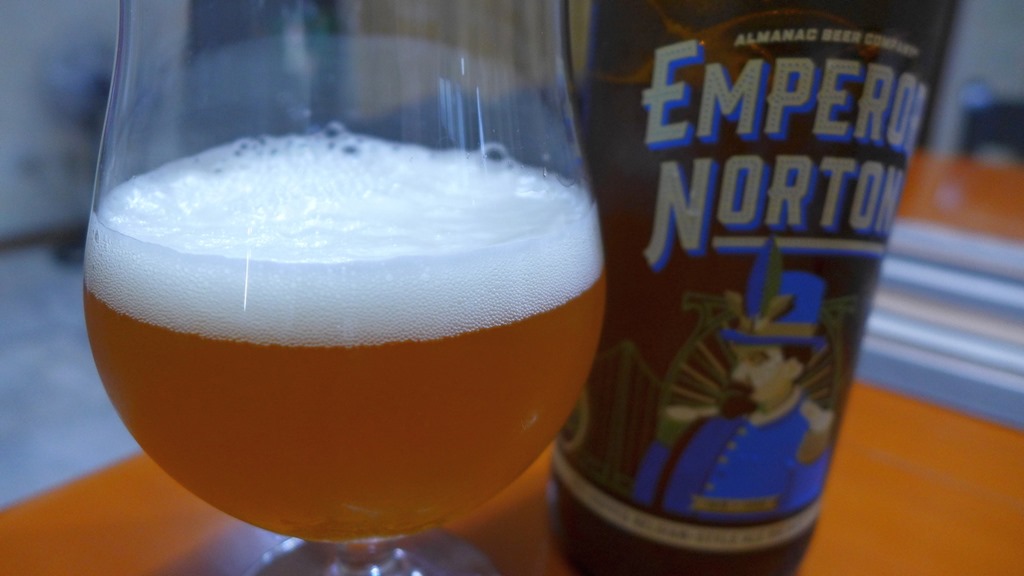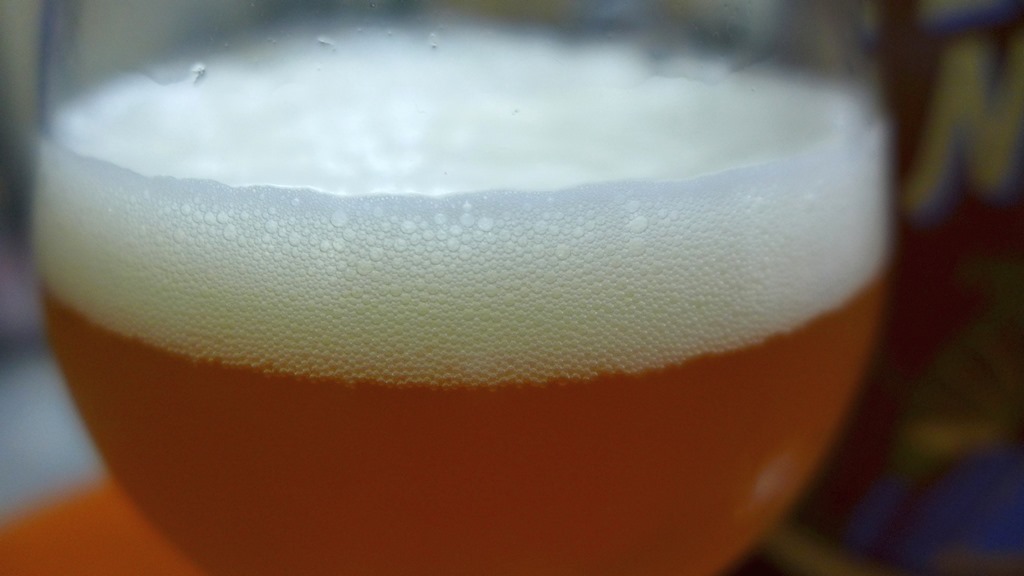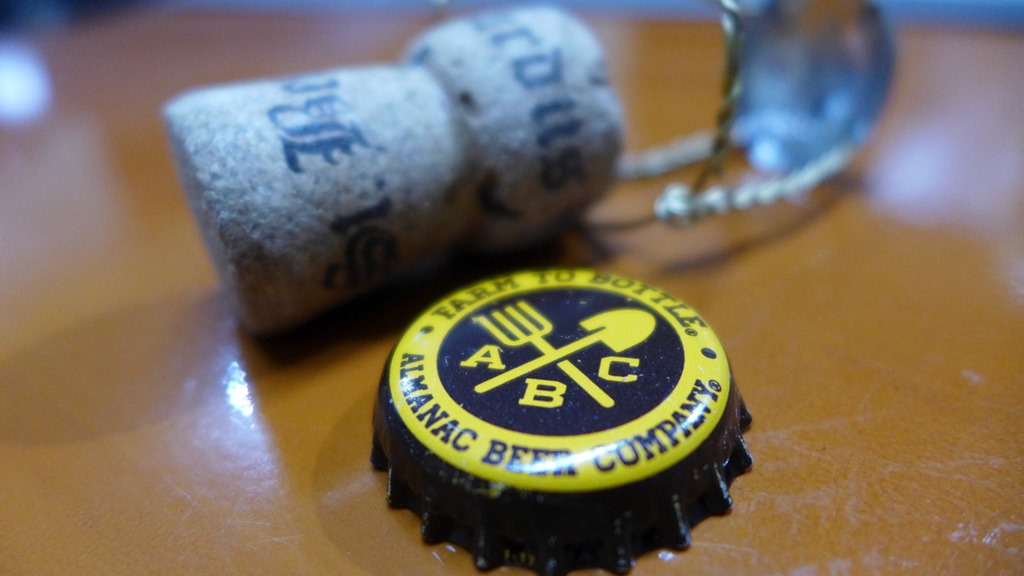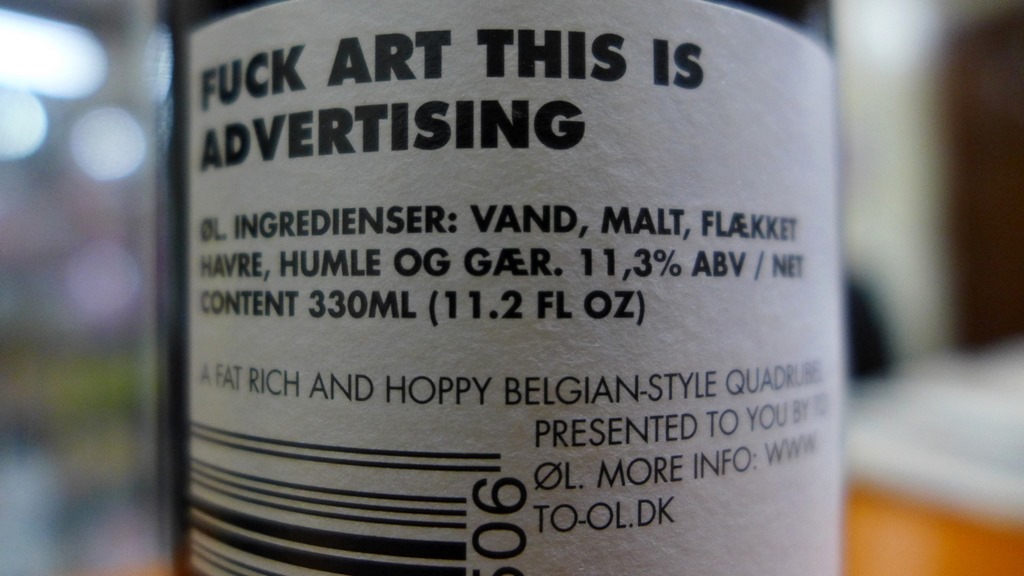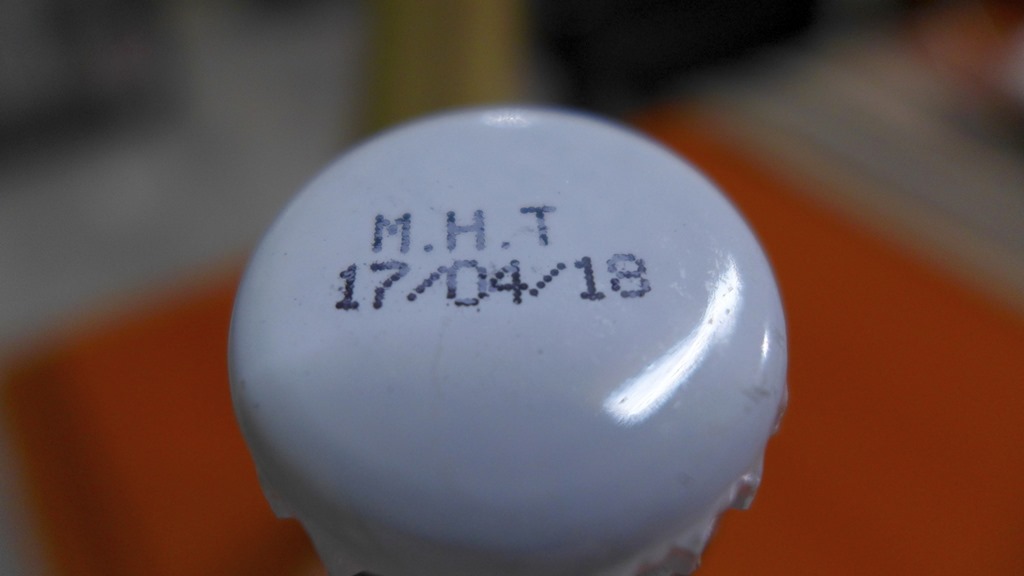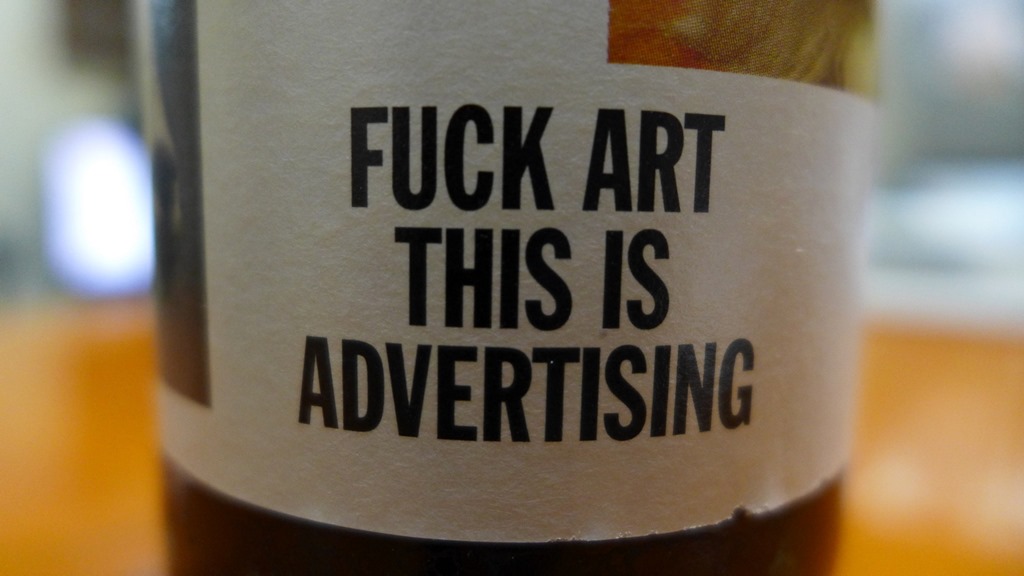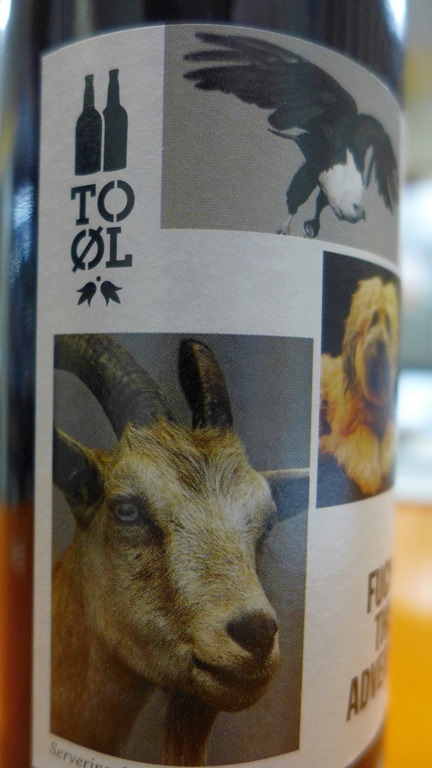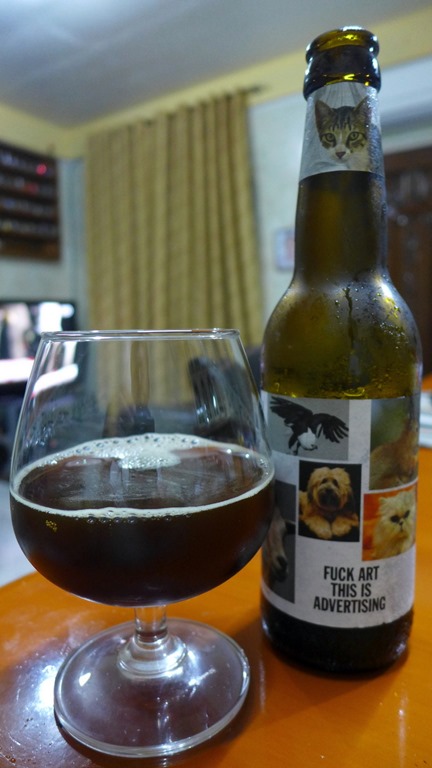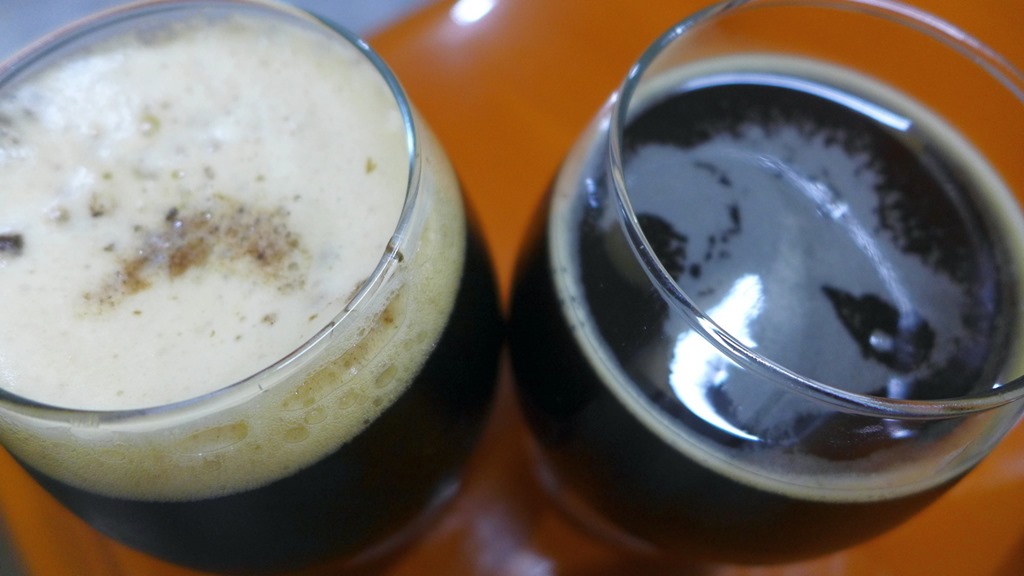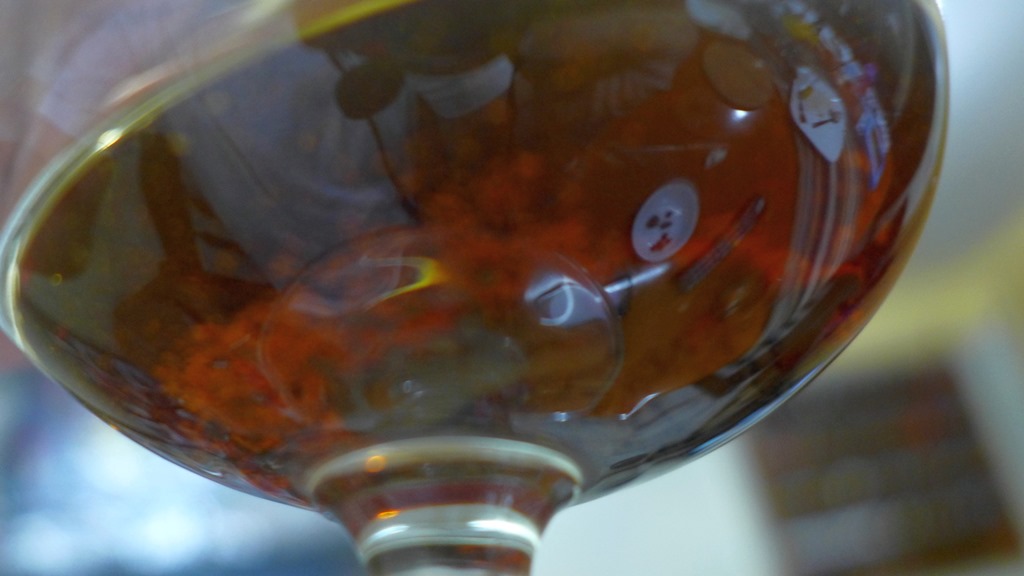Four beers. Two styles. All with varying qualities that aim to strike an enduring chord with the non-novice beer explorer.
St. Bernardus Tripel and Almanac Emperor Norton
Belgium’s Bwerij St. Bernard makes an iconic tripel that’s mentioned in the same breath as the class-defining Westmalle and Karmeliet interpretations of this robust, high alcohol beer. The Belgians wrote the rulebook on tripels and they consistently do it right, though they don’t necessarily always brew the best.
St. Bernardus Tripel, despite the “abbey” brand and packaging, isn’t a Trappist beer that’s sold by selfless, celibate monks. It’s therefore less exotic than commercial brews from the extremely limited number of religious orders granted the Trappist designation.
A substantial crushed barley character prevails in Bernardus, making it taste outrightly grassy-grainy. Benign bitterness finishes things off. No strength nor pull from citrus and spice, surprisingly. It’s good, but not too endearing nor memorable. considering its high rating in online beer review sites.
Northern California’s Almanac Brewing Co. usually makes desirable sours, so seeing a tripel in its line-up made me curious.
The deliberate infusion of American hops may have removed Emperor Norton from its proper style category. The beer drank more like a hoppy Belgian Pale Ale than a tripel. The yeastiness is there, malt breadiness is there, but an inescapable, stronger-than-usual bitterness is also present (much more than the Bernardus’).
After not having an India Pale Ale (IPA) for some time, Norton’s hops were actually rather gratifying. My mind was set on a refreshing, fruity tripel however. The Almanac brew was refreshing all right (even at 9% alcohol), but fruity it definitely wasn’t.
Same’s true with the St. Bernardus. For me, an added note of fruitiness is what separates a top-notch tripel from the run of the mill.
Mikkeller Monk’s Brew and To Øl Fuck Art This is Advertising
The Danes attempt to outbrew the Belgian originators of the quadrupel with their own quad examples, and these Northern European beer geeks largely succeed with the aid of adjuncts and barrel aging. Mikkeller’s and To Øl’s beers sizzle.
Monk’s Brew harks back to the pioneer Danish phantom brewer’s simpler yet no-less-prolific days. The four-year old bottle is good until April 2018.
Mikkeller has steadily transformed itself over the years as a brewing and marketing juggernaut. The present size and reach of its operations worldwide easily eclipse many of its contemporaries in the brewing business. I visited Mikkel Borg Bjergsø’s San Francisco bar in 2015, which at that time was Mikkeller’s only brick and mortar showcase in the States. The company has since expanded and established similar craft bars in Downtown LA, San Diego and Oakland, all in less than two years. And that’s just in the US. I’m not sure if it’s still correct to classify Mikkeller as a “phantom brewer,” even if it may technically remain such. It’s no longer the small, offbeat brewer of yore. Okay, maybe the iconoclasm remains.
Bourbon barrel-aged Monk’s Brew, immediately, erupts with unadulterated luxury. The aroma is bombastic. The woodiness is gentle, gratifyingly tempered. Its odor roars with thick prune puree, with a bonus coconut element sneaking in as the beer warms. You could nose this beer all day and not tire of its opulent fragrance.
The complexity extends to the taste. There’s a welcoming port wine essence that’s flowing with rich sugars and dates mixed with more prune and some pomegranate. Its 10% abv is magnificently hidden. The alcohol doesn’t distract from the tenaciously steady barrage of flavors.
Monk’s Brew is a drink some imaginative abbey monks would produce if they happen to be inspired by, and happily buzzed with, bourbon.
To Øl made a memorable first impression back in 2012. It’s relatively underrated compared to Mikkeller (with which it engages in the occasional collaboration brew) and easily at par with (sometimes even better than) the much-hyped Evil Twin.
The quad is as nihilistic and suffused with braggadocio as the beer’s name. Fuck Art’s dry-hopping remains noticeable despite the bottle’s age (it’s good up to April 2018). The hops, faded but still very much evident, produce a prickly sharpness that’s a stark contrast to Monk’s Brew’s buttery smoothness. The same hops also contribute a more nuanced performance on the tongue.
Fuck Art sparkles with undulating layers of minimally-sweet coffee (the astringency a by-product of the hops, most likely, and becomes more notable at the backend), almonds, roasted marshmallows and crushed Danish cookies. To Øl made a more deliberate effort to expand on the core concept of a quad in this beer because of its undeniable imperial stout qualities. The hops are transformative here. At least To Øl advises the drinker about the unusually heightened-for-a-quad ingredient on the bottle label.
Oh, the aroma. Fuck Art is the first beer in all my active beer reviewing years that possesses a glaring aged sponge cake fragrance. A nice addition to its champoy and pine nut scent.
Fuck Art This is Advertising is hugely entertaining and massively complex in way only great dark beers are able to pull off.
Monk’s Brew, on the other hand, came to play with a nodding sense to tradition. The Mikkeller brew is instantly recognizable as a quad. Or a Belgian Strong Dark Ale perhaps. It ups the ante with smile-inducing barrel aging.
It’s a tough choice between these two awesome creations but the Mikkeller brew offers a more “traditional” quad that satisfies the Belgian beer purist in me. Mikkel Borg Bjergsø stayed on formula, and wisely enhanced the drinking experience with a few carefully calculated bells and whistles.
I lazily consumed my bottles the entire evening because these special old beers may never be made again. The thought made me both happy and sad.
This article may also be found here.

